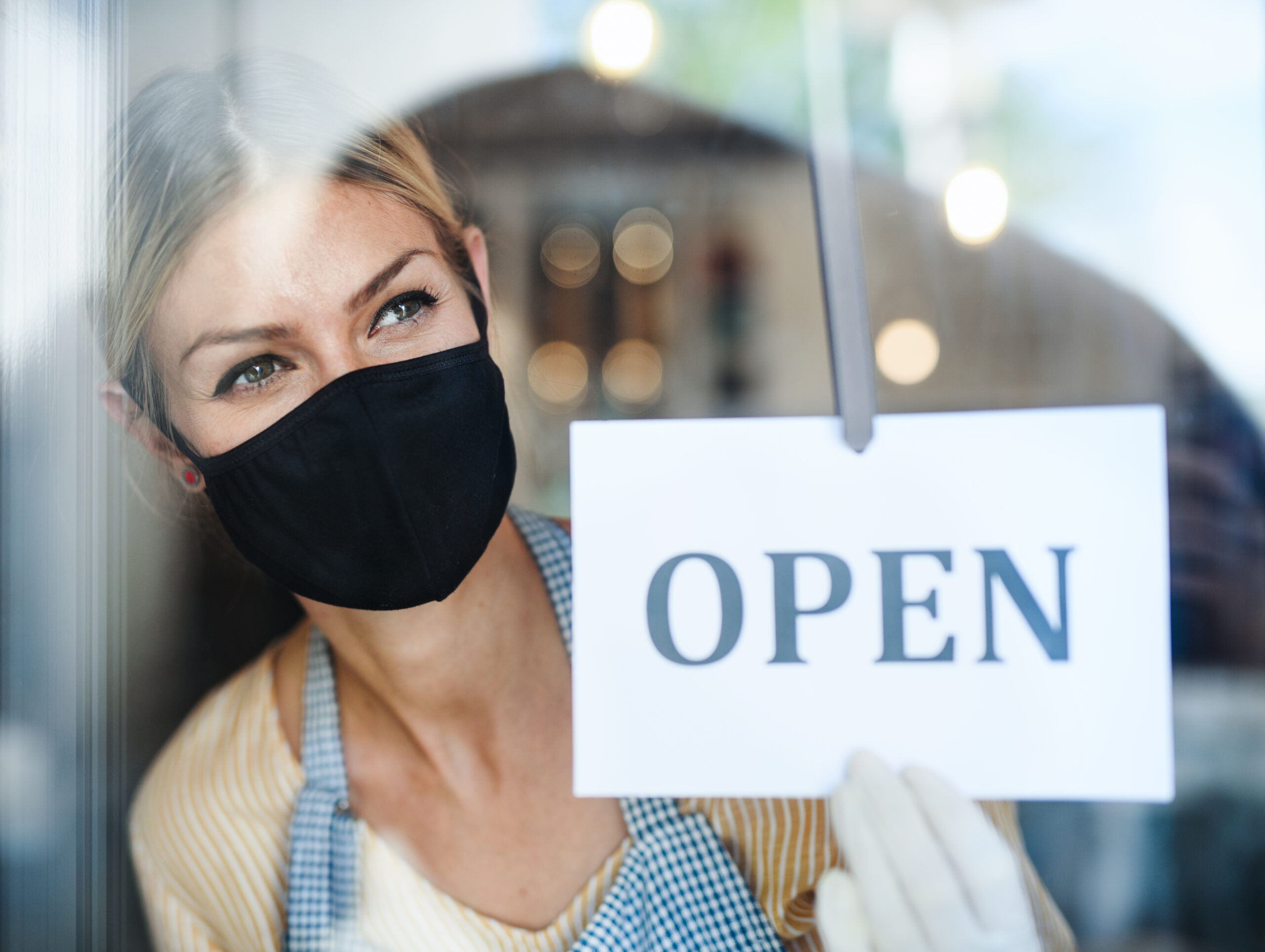Transitioning back to work ‘COVID-19 safe’

As the state and federal governments strive to keep Australia’s COVID-19 health crisis under control by maintaining a ‘flattened curve’ and containing outbreaks, much of the focus is shifting to combating the economic crisis caused by the pandemic, by gradually lifting restrictions and permitting businesses to re-open.
On Friday 8 May 2020, Prime Minister Scott Morrison announced a national 3-step framework to guide the removal of restrictions with a view to achieving a ‘COVIDSafe’ society and thereby facilitate rapid economic recovery in Australia.
Step 1 of the plan involves permitting social catch-ups (up to 5 visitors to homes and 10-person public gatherings, including sporting activity) and the gradual re-opening of premises such as restaurants, cafes, schools, playgrounds and community centres. Open-house inspections and auctions are able to resume (subject to limits on attendees) and weddings and funerals will not need to be quite so tiny. But – it is critical to note that:
- all activities remain subject to physical distancing requirements and hygiene considerations;
- whilst the framework was agreed to by the National Cabinet, it will be up to each state and territory to determine when and in what order to implement each aspect of the Step 1 restriction loosening.
- how to keep workers safe
- COVID-19 workplace considerations;
- working from home considerations;
- physical distancing considerations;
- cleaning considerations;
- considerations for undertaking a risk assessment;
- example risk registers;
- cleaning fact sheet; and
- scripts for conversations with clients and customers about COVID-19 measures your business is adopting.
- download COVIDSafe to a mobile telecommunications device; or
- have COVIDSafe in operation on a mobile telecommunications device; or
- consent to uploading COVIDSafe app data from a device to the National COVIDSafe Data Store.
- As a general rule, employers do not have a right to unilaterally change hours of work – in most cases, specific employee consent will be required.
- When implementing changes to hours or rosters, employers may be under obligations under applicable contracts of employment, modern awards, or enterprise agreements to consult with employees about any change to hours of work. This may require employers to provide employees with information about the proposed change, invite employees to give their views about the impact of the change, and consider those views.
- In some cases, an employer may have some flexibility to change start and finish times under span of hours clauses in an applicable modern award or enterprise agreement – seek advice before acting.
- have regular and meaningful communication with employees about the effect the easing of COVID-19 restrictions will have on your business and any consequential changes to their employment arrangements; and
- depending on your industry and state/territory, regularly assess remote working arrangements – including the extent to which your business is able to continue to facilitate remote working – noting the important work health and safety considerations related to COVID-19.
- it will not indicate whether the employee or other person has COVID-19 or not;
- it only identifies symptoms and a person may be asymptomatic or on medication;
- the person’s temperature could be for a reason unrelated to COVID-19.
- FIFO workers;
- agricultural workers;
- hospital workers; or
- aged care workers.
